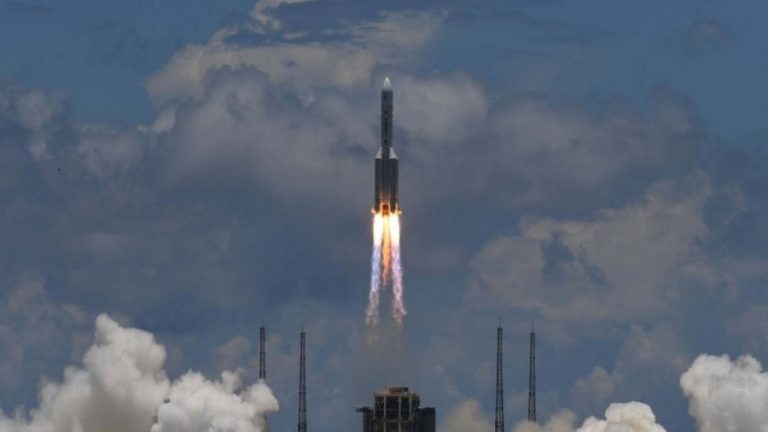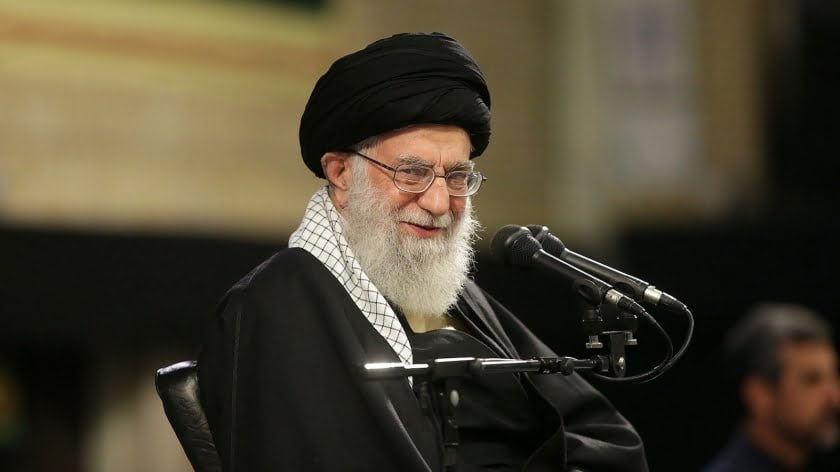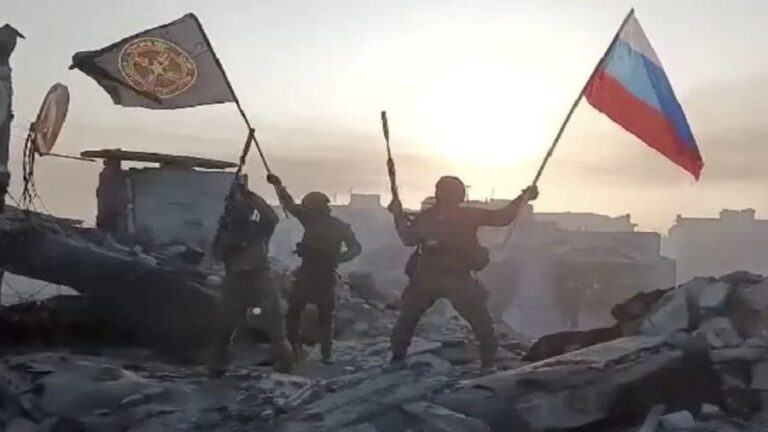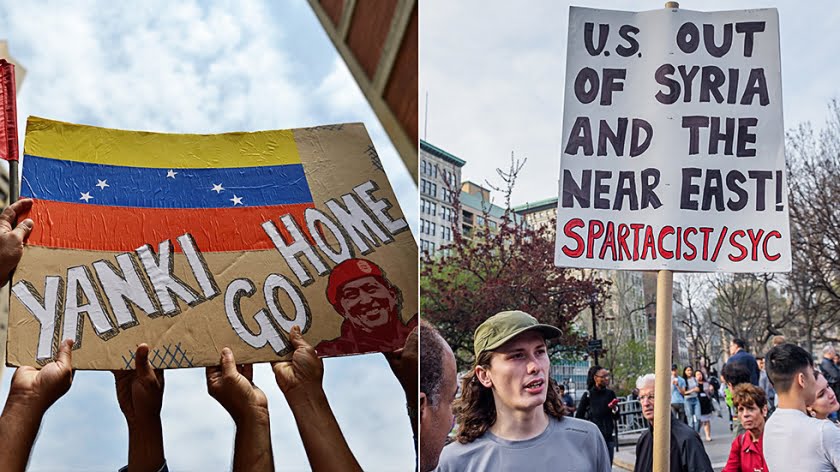A Brief Look at the Ongoing Conflict in Somalia
On 31 January 2009, a new conflict started in Somalia when the al-Qaeda branch in Somalia, al-Shabaab, decided to step up its military operations against the Somali Federal Government once again. This time the conflict was fueled by the unrest in the Middle East and an unannounced alliance with a new Somali radical Islamic group known as Hizbul Islam.
Hizbul Islam was formed in January 2009 after the radical Islamist groups of Hassan Aweys’ ARS-A, Jabhatul Islamiya, Hassan Abdullah Hersi al-Turki’s Mu’askar Ras Kamboni and Muaskar Anole agreed to unify under the leadership of Ali Yassin Mohamed. Hezbul Islam also announced a war against the Somali Federal Government, which was already engaged in the conflict with al-Shabaab.
During the first months of the war the two groups launched several attacks mainly in southern Somalia against the Somali Federal Government backed by the African Union Mission in Somalia (AMISOM). However, al-Shabab and Hezbul Islam did not make any real new progress. However, the AMISOM and the Somali Army were unable to put an end to the al-Shabaab nightmare started in 2006.
Stuck in a fruitless war against the Somali Federal Government, al-Shabaab turned to fight Hizbul Islam in order to strengthen its influence among Somalia’s radicals and to become the sole radical Islamist power in Somalia.

Clashes between al-Shabaab and Hezbul Islam broke out in Kismayo costal city in Lower Juba province in southern Somalia on 1 October 2009. After losing several battles to al-Shabaab, Hizbul Islam officially merged with the group on 20 December 2009.
After establishing itself as the only radical Islamic group in Somalia once again, al-Shabaab launched its biggest attack on the Somali capital, Mogadishu, on 23 August 2010. Al-Shabaab captured most of the northern and western parts of the city. However, the AMISOM and the Somali Army backed by the US recaptured the city and secured several areas around it after months of clashes on 6 August 2011.
The high cost of Mogadishu battle didn’t allow al-Shabaab to launch more major attacks against the Somali Federal Government. However, al-Shabaab continued conducting suicide attacks and hit and run attack all over southern Somalia, even in Mogadishu city.
Some attacks were very violent, like the double-tap suicide attack that hit Mogadishu city on October 14 killing over 231 civilians.
Even now after 8 years of the conflict AMISOM and the Somalian Army are still not able to eliminate al-Shabaab in southern Somalia. The terrorist group still controls wide areas in Lower Juba province near the border with Kenya, and in Mount Juba, Bay, Bakool, Gedo provinces in southern Somalia, and in Galgudud province in central Somalia.
During the war ISIS also emerged in Somalia, however in the northern parts of the country away from al-Shabaab areas. Unlike al-Shabaab, so far ISIS only conducted very limited hit and run attacks, and few suicide attacks in Somalia. ISIS also controls a very small areas in Hul-Ando of the Puntland Region, and in Gadobijran, Afbarwaaqo in Mudug province in central Somalia.
While al-Shabaab has been a target of US airstrikes since its establishment back in 2006, the US started bombing ISIS in Somalia only in 2017. This could mean that ISIS grew significantly in Somalia during 2017 and became a real threat.
The AMISOM is going to withdraw from Somalia by December 2020. The AFP reported on 8 November 2017 that AMISON announced that it will withdraw 1,000 of its troops from the country during 2017.
The space that will be left behind after the AMISON withdraws could be easily filled by al-Shabaab or even ISIS. The situation in Somalia may only get worse in the future.
Source: South Front







